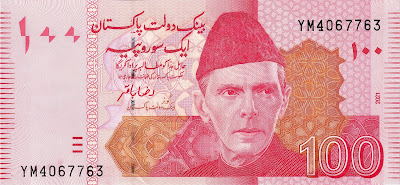The Russian ruble, denoted by the symbol ₽ and the ISO code RUB, is the official currency of Russia. Its origins date back to the late 14th century, making it one of the oldest currencies in the world. The history of the ruble is deeply intertwined with Russia's economic, political, and cultural evolution, reflecting the country's tumultuous journey through the centuries.
The term "ruble" is believed to have originated from the Russian word "rubit," meaning "to chop" or "to cut." In medieval times, a ruble was a measure of weight for silver bullion, rather than a coin. The first Russian ruble coins were introduced by Ivan the Terrible in the 16th century during his reign. These early coins were made of silver and gradually became the standard currency in Russia.
Throughout its history, the value of the ruble has fluctuated significantly, influenced by various factors such as wars, political instability, economic reforms, and shifts in global markets. One of the most significant milestones in the ruble's history was the Bolshevik Revolution of 1917, which led to the establishment of the Soviet Union and the introduction of a new currency, the Soviet ruble. Under Soviet rule, the ruble was subject to extensive government control and manipulation, with its value often artificially fixed to serve political objectives.
Following the dissolution of the Soviet Union in 1991, Russia underwent a period of economic transition and reform known as "shock therapy." This transition involved the liberalization of prices, privatization of state-owned enterprises, and the introduction of market-oriented policies. As part of these reforms, the Russian ruble was redenominated, with new banknotes and coins introduced to replace the Soviet ruble.
In the years that followed, the Russian economy experienced both rapid growth and severe setbacks, including financial crises in 1998 and 2014. These crises had a significant impact on the value of the ruble, leading to sharp devaluations and fluctuations in exchange rates. Factors such as geopolitical tensions, fluctuations in oil prices (a crucial export for Russia), and economic sanctions imposed by Western countries have also influenced the ruble's value in the international market.
In recent years, the Russian government has taken measures to stabilize the ruble and bolster confidence in the currency. The Central Bank of Russia plays a crucial role in managing the ruble's exchange rate through monetary policy tools such as interest rate adjustments and foreign exchange interventions. Additionally, efforts to diversify the Russian economy away from reliance on oil and gas exports aim to reduce the ruble's vulnerability to commodity price fluctuations.
Despite its challenges, the Russian ruble remains an integral part of Russia's economy and financial system. It is widely used for domestic transactions, and its value is closely monitored by businesses, investors, and policymakers alike. In the global market, the ruble is traded alongside other major currencies such as the US dollar, euro, and Chinese yuan, reflecting Russia's position as a significant player in the international economy.
In conclusion, the Russian ruble's origins trace back centuries, reflecting the country's rich history and cultural heritage. Its value in today's market is shaped by a complex interplay of domestic and international factors, making it a subject of continual scrutiny and analysis in the global financial landscape.

.jpeg)
.jpeg)
.jpg)
.jpg)
.jpg)
.jpg)
No hay comentarios:
Publicar un comentario